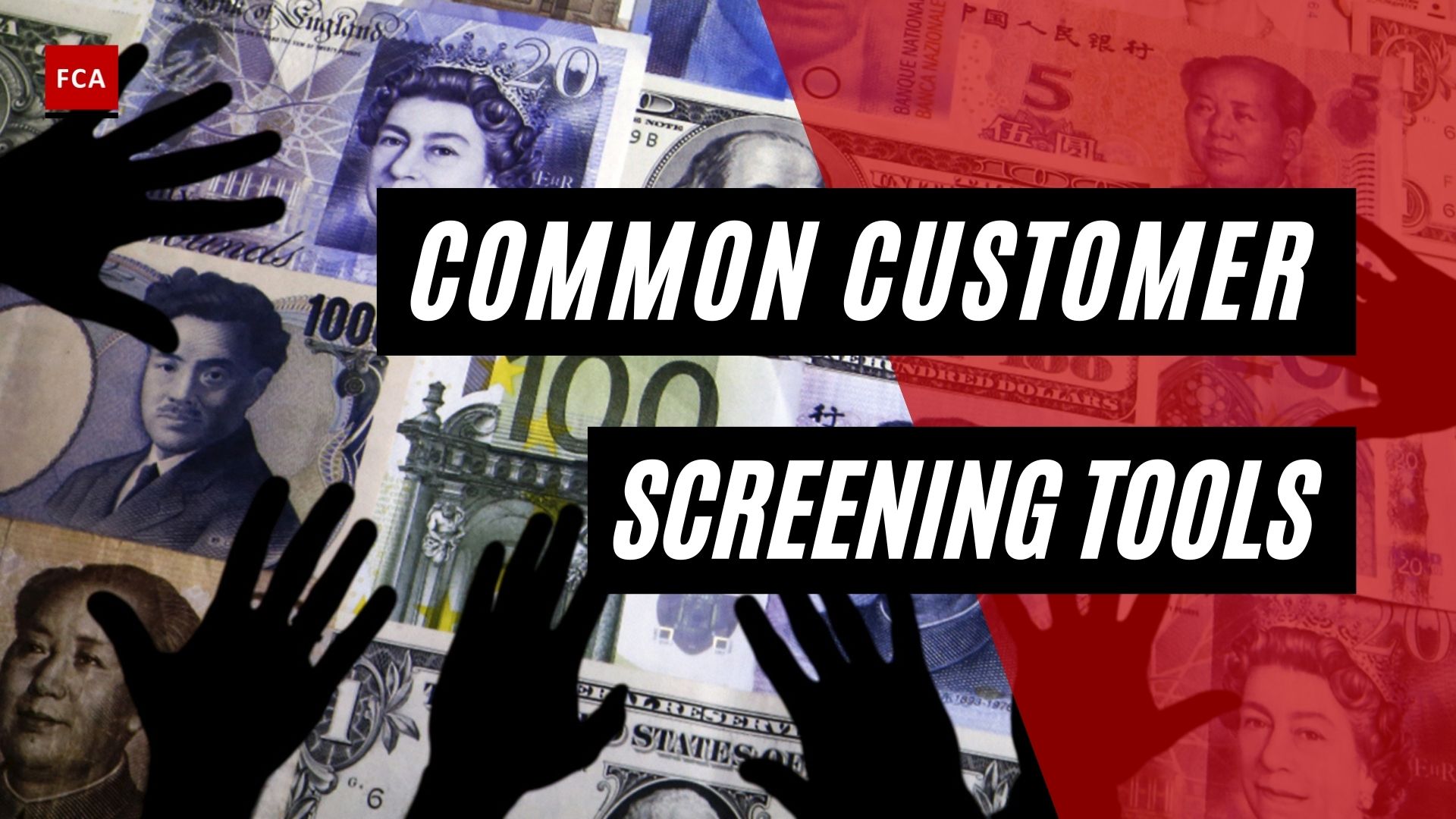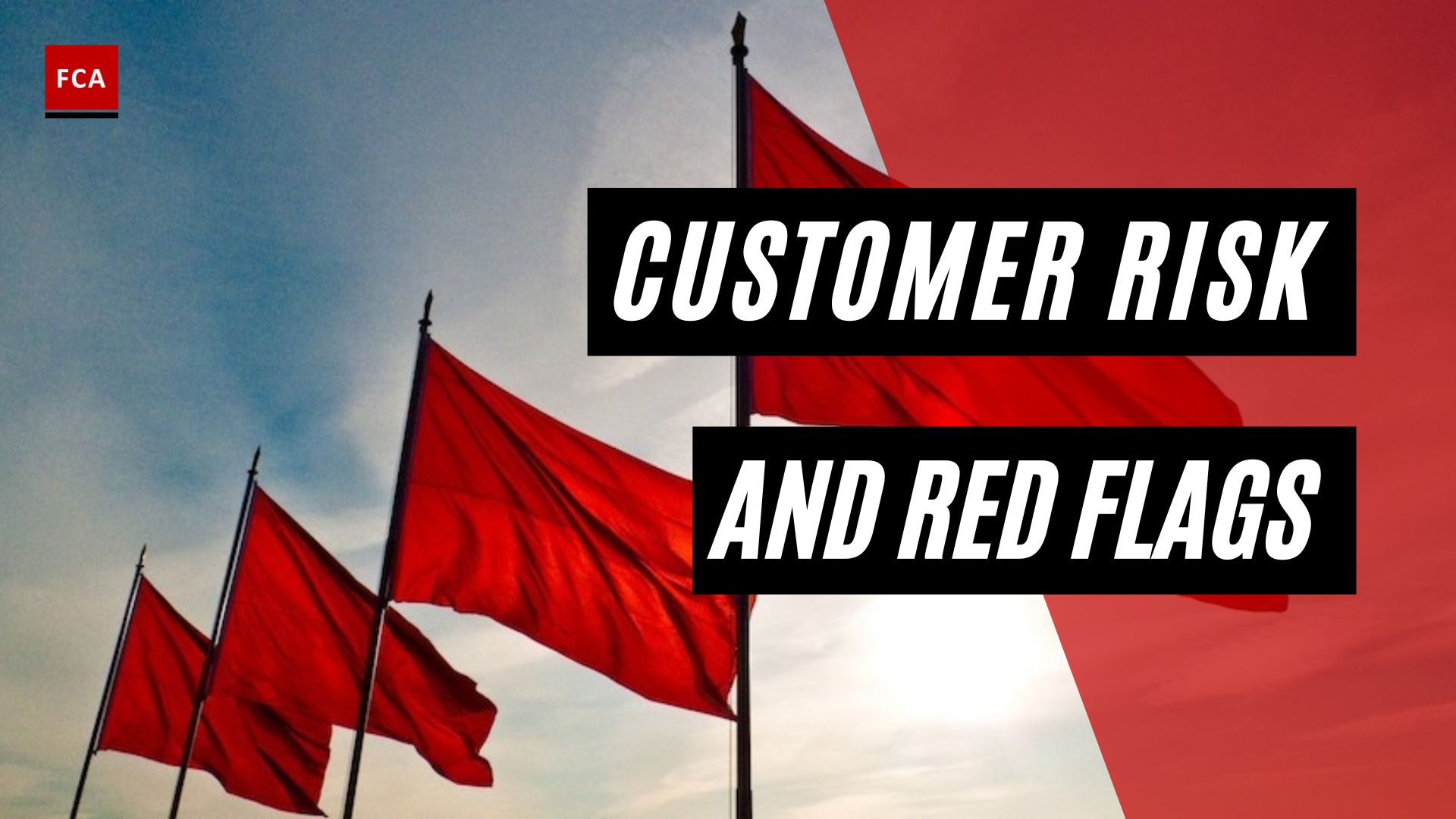The overview of KYC screening types. Customer screening aids the company in reducing the danger of a criminal or money launderer being onboarded. There are other sorts of screening, but the three most common are well-known and are part of the organization’s entire KYC procedure.
Overview Of KYC Screening Types
Know Your Client, also known as Know Your Customer, is an investment industry standard that ensures investment advisors have detailed information about their clients’ risk tolerance, investment knowledge, and financial position. KYC safeguards both clients and financial advisors.
Clients are safeguarded by having their investment advisor know which investments are best suited to their individual circumstances. Investment advisors are protected because they understand what they can and cannot include in their clients’ portfolios. KYC compliance usually entails requirements and policies like risk management, customer acceptance policies, and transaction monitoring.
The following are examples of screening types:

Politically Exposed Persons (PEP) Screening
A politically exposed person (PEP) is someone who has a notable or high position or influence in a jurisdiction and is more likely to be involved in money laundering, bribery, corruption, and other illegal activities. PEP screening is used to detect and investigate any PEPs discovered in an organization. Other high-risk clients with specific positions in an onboarding organization are also identified.
For example, suppose an organization is onboarding a corporate client. The corporate customer’s goal is to get a certain sort of financing line. The corporate customer supplies the appropriate identity documents and information and a list of Board members. The punishment is accompanied by significant legal and criminal penalties.
All companies should be aware of it and do sufficient due diligence to avoid sanctions. These are customer-initiated criminal conduct for which a local or international authority has imposed sanctions on an individual or company. Sanction screening is performed to ensure that no persons or organizations are included on global law enforcement and sanctions lists, which are lists of organizations and individuals who are not allowed to join any organization.
Assume the customer is a corporate customer who has previously been onboarded by the bank. The initial due diligence was completed when the customer was onboarded.
The banes of the principal officials and Board members should be screened in the negative list and the PEP list before opening the corporate account and as part of the KYC. The goal of screening from the PEP list is to guarantee that any detected PEP is designated as high-risk and that if an account is established, it is likewise flagged as high-risk.
Sanction Screening
The sanction is backed by severe civil and criminal charges. All kinds of organizations should be aware and undertake proper due diligence for sanction. Sanction screening is performed to ensure that no individuals or organizations are included on global law enforcement and sanction lists which decree which organizations and individuals are barred from on-boarding any organization.
For example, assume the customer is a corporate client who has previously been onboarded by the bank. The initial due diligence was completed when the customer was onboarded. The bank will conduct sanction screening on an ongoing basis as part of its monitoring to ensure that the client does not appear in any sanctions as a result of any criminal record acquired after onboarding. If any sanction ties are discovered under the entity, the bank will immediately halt any financial transactions.
Negative News Screening
Negative News screening is an important aspect of the client experience. Occasionally, information concerning a client’s involvement in criminal or immoral actions such as money laundering or terrorism funding is shared. Unfavorable news or adverse media may be described as any negative information about a person or group of people that is published, revealed, or discovered on any publicly available and accessible channel.
There’s a chance that bank customers are involved in illegal behavior or have ties to criminal organizations, including money launderers. Customers in the bank’s high-risk group face an even greater danger. As a result, banks conduct frequent and continuing surveillance of client transactions and activities, including looking for customers’ names and profiles in unfavorable news or on different negative media portals.
Therefore, an organization needs to identify and assess the news related to money laundering, frauds or scams, and so on, on the board. This will also help assess and reassess the client risk profile and protect the Organization from reputational damage because working with reputational damage companies is not allowed in a jurisdiction as per Law.
For example, any negative adverse media news related to an onboarded entity is generally considered negative news. News can further be divided into financial crime, narcotics, cybercrimes, fraud, tax evasion, scam, and so on. An organization should be vigilant while onboarding an entity. There are various tools for negative news, but one can only use Google search for it. Just Google and type the name of an organization or individual along with fraud, scam, tax evasion news, and so on.
Final Thoughts
The KYC rule is important at the start of a customer-broker relationship because it establishes the essential facts about each customer before making any recommendations. The essential facts are those that are required to effectively service the customer’s account and to be aware of any special handling instructions for the account. In addition, the broker-dealer must be familiar with each person who has the authority to act on behalf of the customer and must comply with all securities laws, regulations, and rules.









